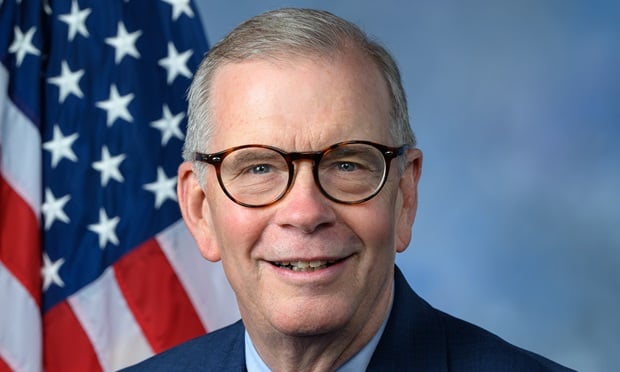 A review of CMS data on costs at 3,792 hospitals found that on average, hospitals increase the price of medicines nearly 500 percent. (Photo: Shutterstock)
A review of CMS data on costs at 3,792 hospitals found that on average, hospitals increase the price of medicines nearly 500 percent. (Photo: Shutterstock)
Hospital mark-ups of drug costs—which can be as high as 1,000 percent—is the subject of a new analysis sponsored by the Pharmaceutical Research and Manufacturers of America (PhRMA).
The report, conducted by The Moran Company but commissioned by PhRMA, finds that nearly one in five hospitals in the U.S. mark up medicine prices 700 percent or more. The analysis found that eight percent of hospitals marked up some medicine prices more than 1,000 percent.
Recommended For You
Complete your profile to continue reading and get FREE access to BenefitsPRO, part of your ALM digital membership.
Your access to unlimited BenefitsPRO content isn’t changing.
Once you are an ALM digital member, you’ll receive:
- Breaking benefits news and analysis, on-site and via our newsletters and custom alerts
- Educational webcasts, white papers, and ebooks from industry thought leaders
- Critical converage of the property casualty insurance and financial advisory markets on our other ALM sites, PropertyCasualty360 and ThinkAdvisor
Already have an account? Sign In Now
© 2025 ALM Global, LLC, All Rights Reserved. Request academic re-use from www.copyright.com. All other uses, submit a request to [email protected]. For more information visit Asset & Logo Licensing.








